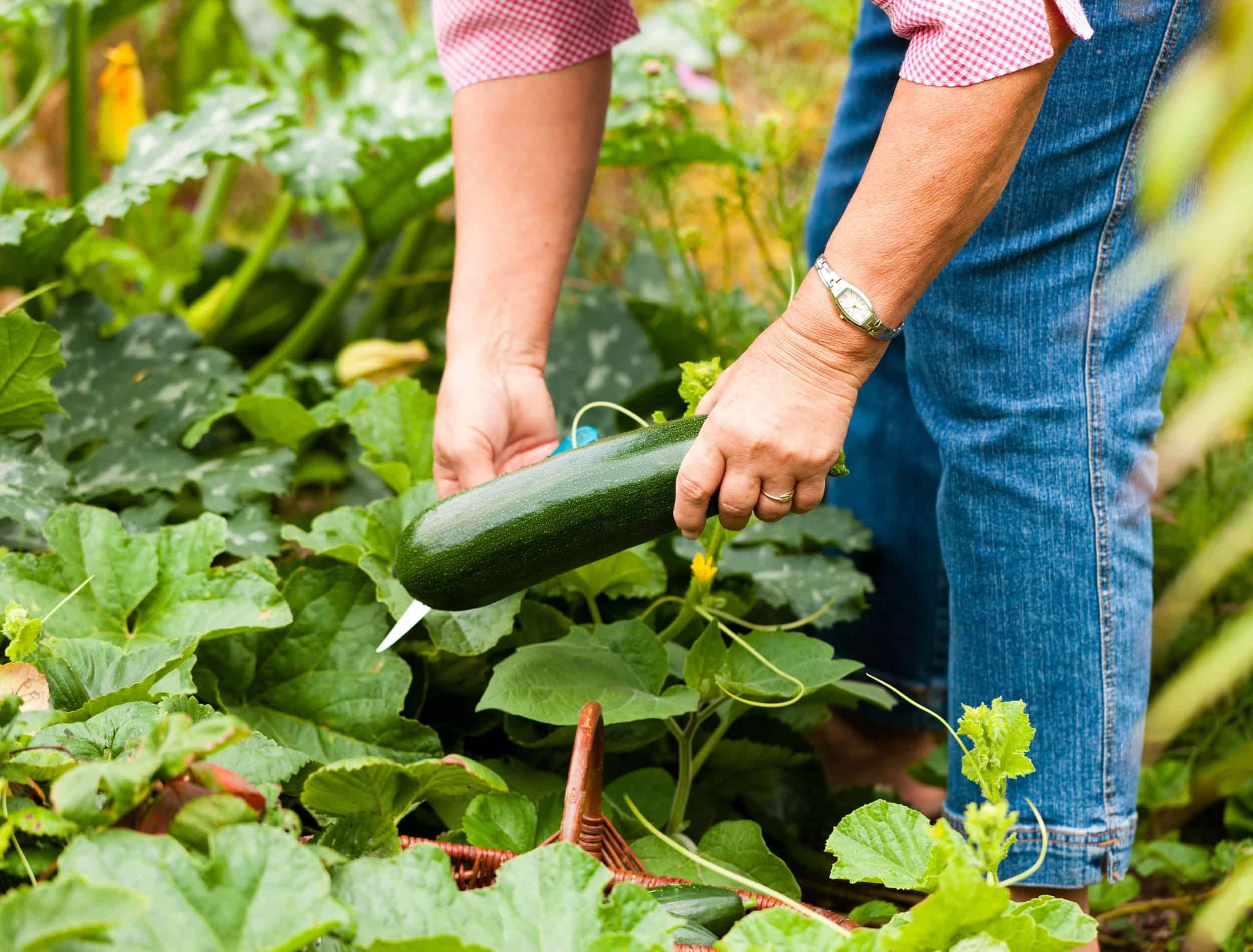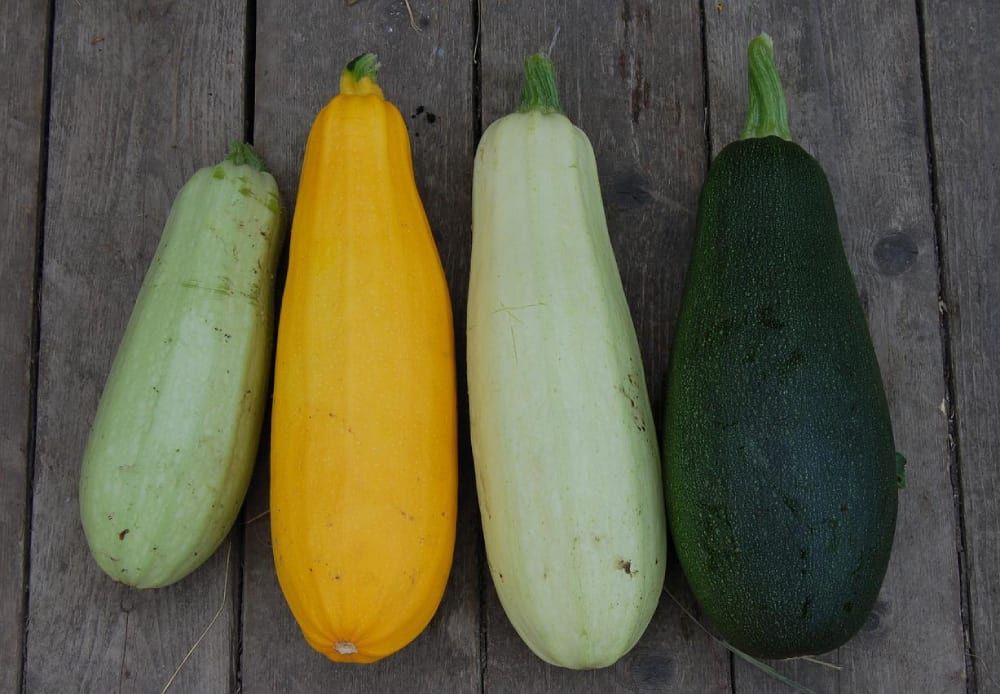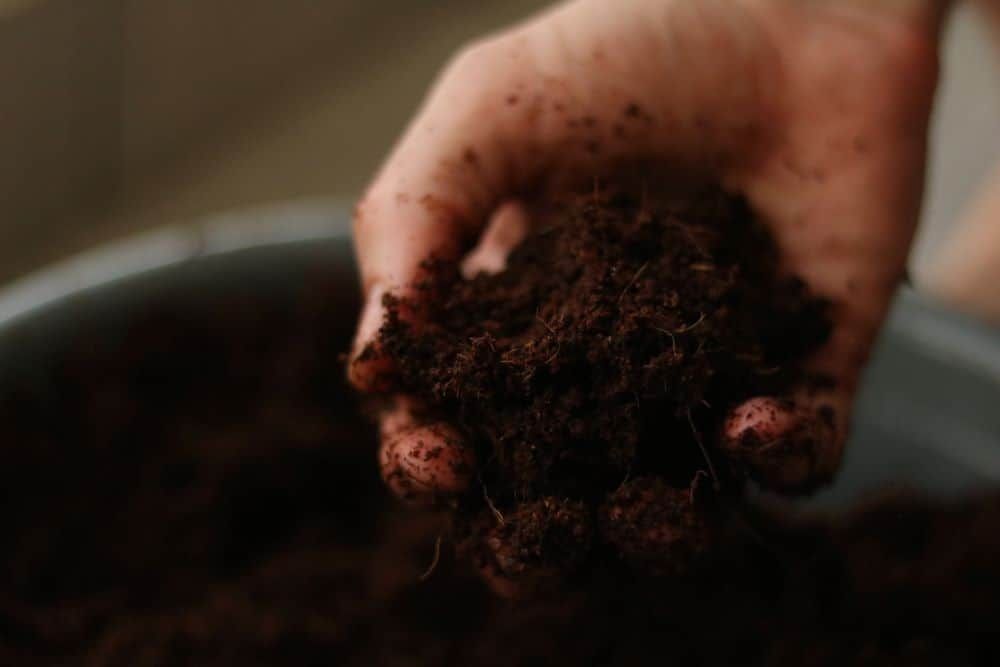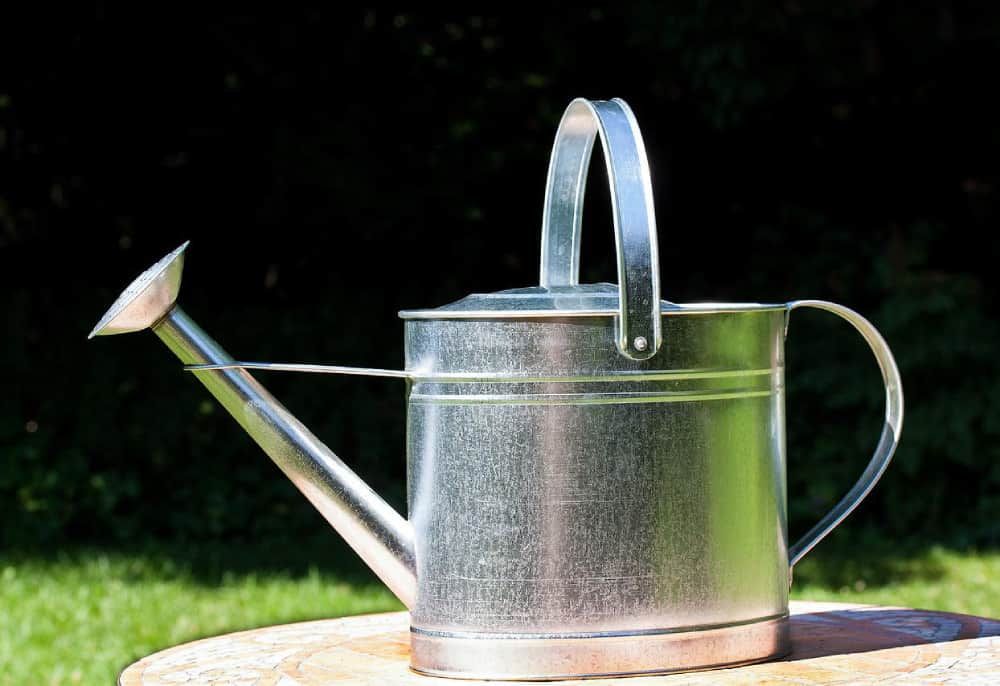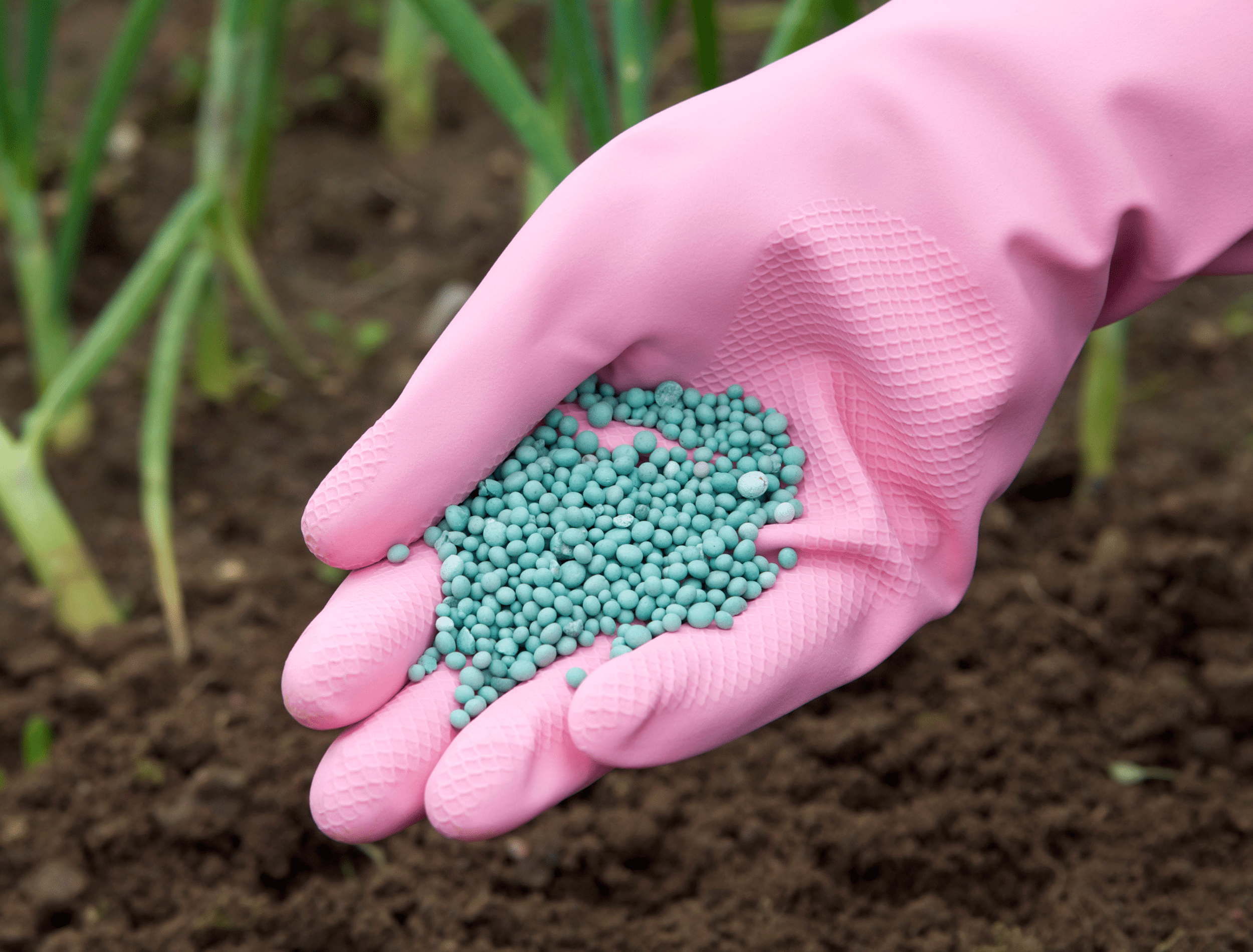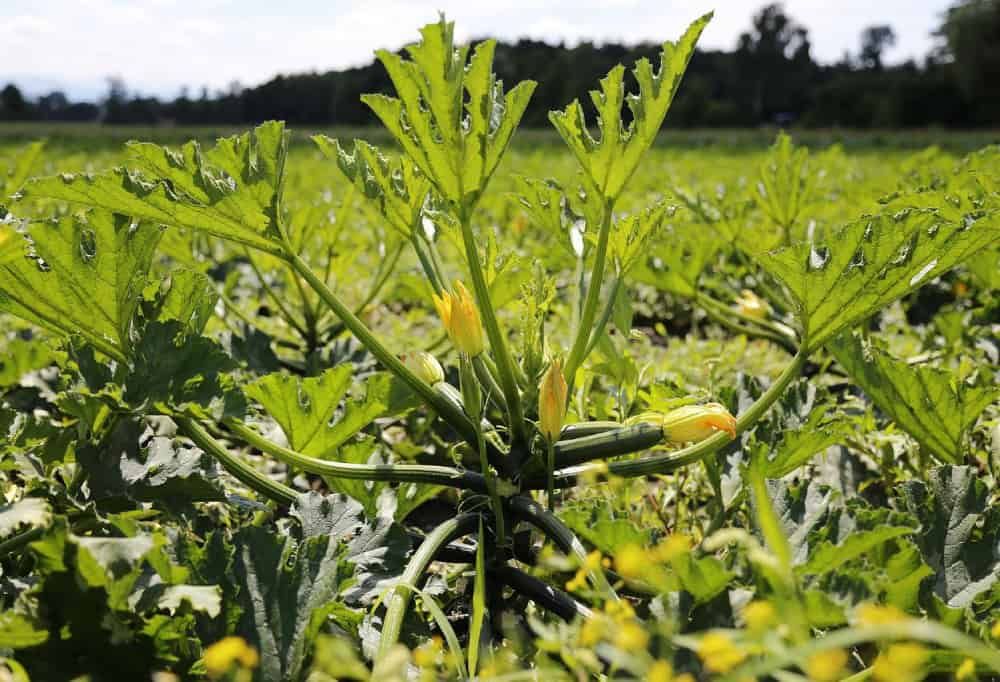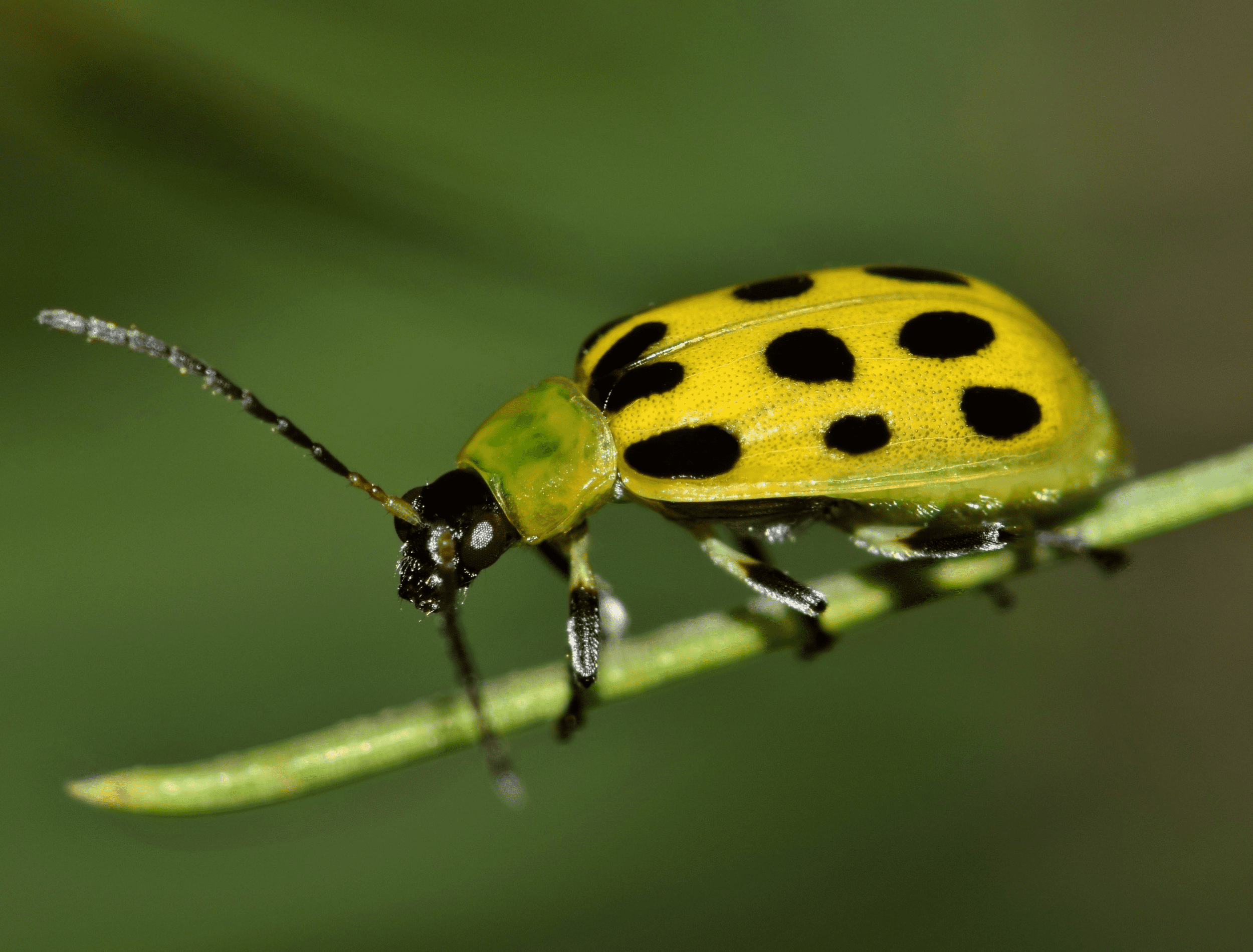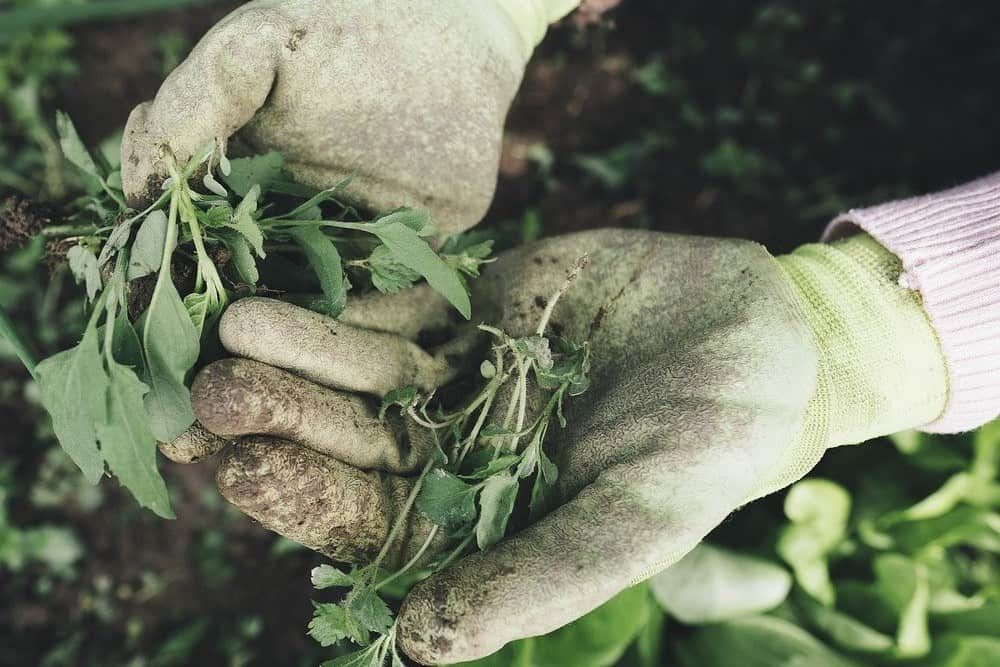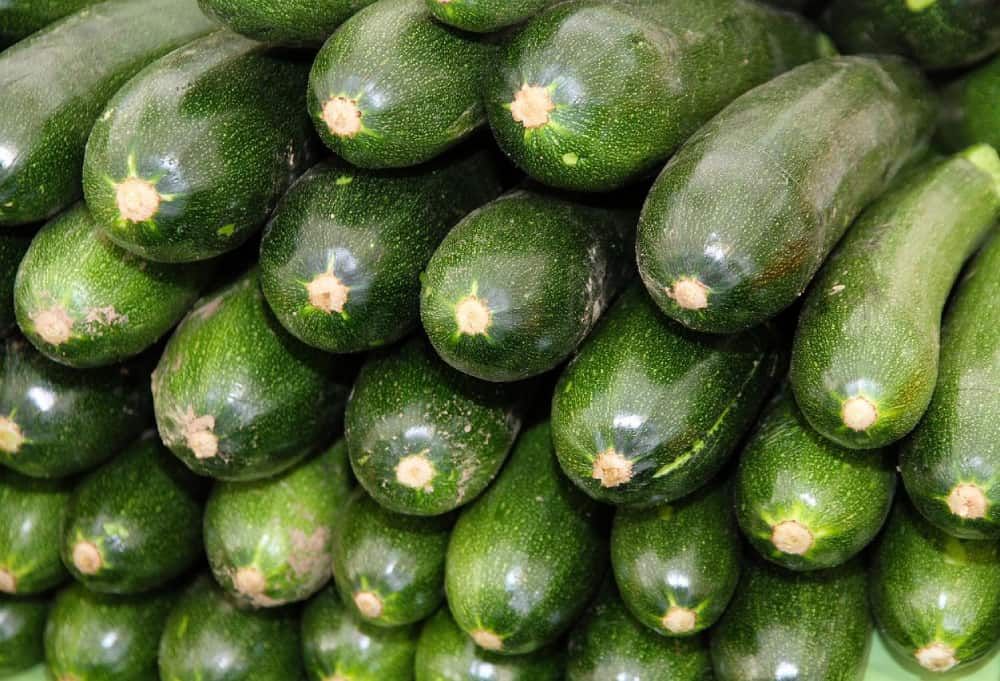Zucchini is a summer squash that you can harvest throughout the summer. Also, it is one of the most popular vegetables to grow in home gardens. Many people want to plant and harvest zucchini at home, but don't know how. But the good news is, that it's not difficult to have a successful harvest if you will follow these tips for a successful zucchini harvest.
The plants are easy to grow and yield a bountiful crop. If you want to have a successful zucchini harvest, there are a few things you can do. With a few simple tips, you can enjoy a successful zucchini harvest all season long!
Perfect Varieties for Successful Zucchini Harvest
Image Credit: Alexey_Hulsov via pixabay
There are many different varieties of zucchini, so you can choose the one that best suits your needs. Some popular varieties include:
Black Beauty
This is a classic zucchini that is dark green in color. It has smooth skin and is about 8 inches long.
Costata Romanesco
This variety has green and white striped skin. It is elongated in shape and can grow up to 12 to 16 inches long!
Cocozelle
Cocozelle is another variety of zucchini and it has dark green skin with white stripes. It is about 10 to 12 inches long and has a slightly nutty and mild flavor.
Planting Zucchini
Planting zucchini is easy – you can start seeds indoors or directly sow them in the garden. Zucchini prefers warm soil and is known to not transplant well so it is recommended to plant them directly in your garden.
Sow the seeds 1 inch deep and space them about 2-3 feet apart. You can even sow three or four seeds together in a hill, just be sure your rows are 3 to 6 feet apart.
Tips For A Successful Zucchini Harvest
1. Full Sun
Image credits: Alohaflaminggo via Shutterstock
Sunlight is essential for zucchini plants. They need at least 6 hours of sunlight per day to produce a bountiful harvest. If you live in an area with hot summers, provide some afternoon shade to prevent the leaves from burning.
2. Well-Drained Soil
Image credits: Alicia Christin Gerald via Unsplash
Another important thing to consider is well-drained soil. Zucchini plants will not do well in soggy or wet soil. If your soil is poorly drained, you can improve it by adding organic matter such as compost or peat moss. Be sure to amend the soil before planting. If your soil is heavy or clay-like, then you may consider planting zucchini in raised beds to improve drainage.
3. Water Regularly
Image Credit: stux via pixabay
They should be watered regularly, especially during dry periods. Zucchini plants need 1-2 inches of water per week. It is equally important to water the plants at the base of the plant, being careful not to wet the leaves. Wet leaves are susceptible to fungal diseases. You don't want the leaves to be too wet going into the night either, otherwise, this can invite cucumber beetles.
4. Fertilize Monthly
Image credits: egiss via Canva
Zucchini plants will need to be fertilized monthly with a balanced fertilizer. You can side-dress the plants with compost or manure when it first flowers.
5. Check Plants Daily
Image Credit: Jai79 via pixabay
Check zucchini plants frequently for ripe fruit. Zucchini can grow quickly and go from small to large in just a few days. The skin of the zucchini should be glossy and the flesh should be firm. If the zucchini is dull in color, overgrown, or has tough skin, it is past its prime and not good for eating. Zucchini is ready for harvest when it reaches 6 to 8 inches long. If you wait too long, the zucchini will be overgrown and tough.
6. Control Pests
Image credits: Brett_Hondow via Canva
Zucchini plants can be susceptible to various diseases and pests. Be sure to keep an eye out for these and take appropriate measures to control them.
Pests can quickly ruin a zucchini crop. The most common pests are cucumber beetles and squash bugs. These pests feast on the leaves of the plant, which can eventually kill the plant. Be sure to check your plants regularly for these pests and take action to control them. Hand-picking is often the best method of control. You can also use Row Covers to prevent pests from getting to the plants.
7. Weed Regularly
Image credit: photoAC via Pixabay
Weeds compete with zucchini plants for nutrients and water. Therefore, be sure to weed the area around your zucchini plants regularly. You can use a hoe or hand-pull the weeds. Mulching around the plants with straw or hay can also help to control weeds.
Harvesting Zucchini
Image Credit:: Nachrichten_muc via pixabay
Zucchini is ready to harvest when it is 6 to 8 inches long. The best time to pick zucchini is in the morning when the fruits are firm. Use a sharp knife or pruning shears to cut the zucchini from the plant.
If you leave the zucchini on the plant for too long, it will become overgrown and taste bitter. Overgrown zucchini can also be used – just peel and seed before cooking.
Wrap Up
Zucchini is a great vegetable to grow in the garden and can provide you with tasty fruits. Zucchini is a versatile vegetable that can be used in many different ways. Whether you like to eat it raw, cooked, or pickled, this veggie is a great addition to any garden. With a little care, you can enjoy a bountiful harvest of this delicious vegetable.
Be sure to follow these tips, and you will be well on your way to a successful zucchini harvest. Do you have any tips for growing zucchini? Share them in the comments below and don't forget to share this article with your gardening friends. You may also want to read The Best Companion Plants for Zucchini. Happy gardening!

